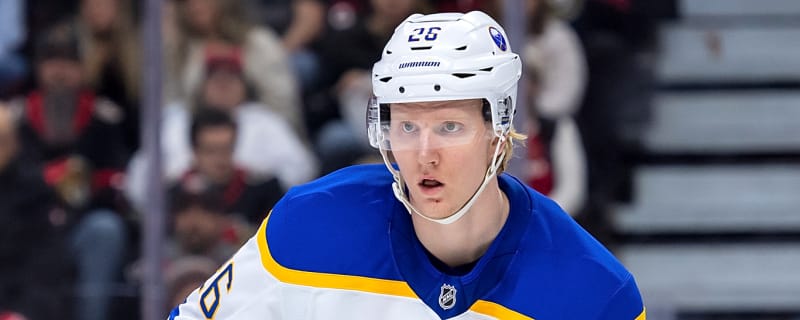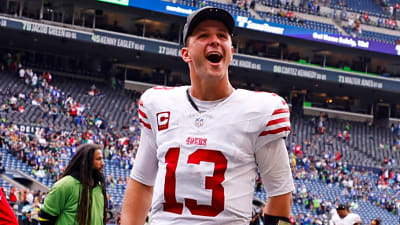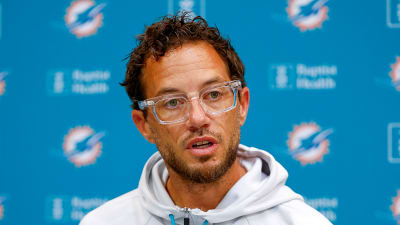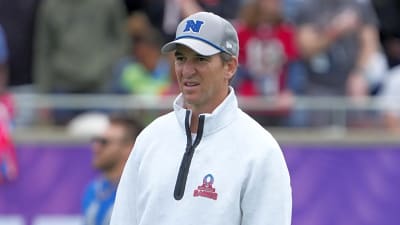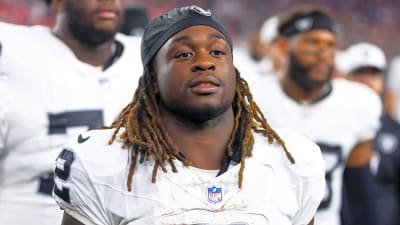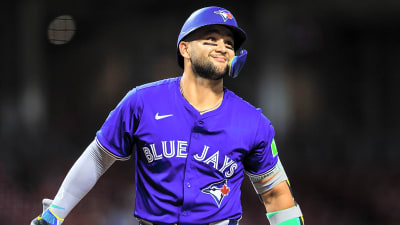- Home
- Quizzes
- My Quiz Activity
- Newsletters
- MY FAVORITES
- Add Sports/Teams
- SPORTS
-
NFL
- NFL Home
- Arizona Cardinals
- Atlanta Falcons
- Baltimore Ravens
- Buffalo Bills
- Carolina Panthers
- Chicago Bears
- Cincinnati Bengals
- Cleveland Browns
- Dallas Cowboys
- Denver Broncos
- Detroit Lions
- Green Bay Packers
- Houston Texans
- Indianapolis Colts
- Jacksonville Jaguars
- Kansas City Chiefs
- Las Vegas Raiders
- Los Angeles Chargers
- Los Angeles Rams
- Miami Dolphins
- Minnesota Vikings
- New England Patriots
- New Orleans Saints
- New York Jets
- New York Giants
- Philadelphia Eagles
- Pittsburgh Steelers
- San Francisco 49ers
- Seattle Seahawks
- Tampa Bay Buccaneers
- Tennessee Titans
- Washington Commanders
-
MLB
- MLB Home
- Athletics
- Arizona Diamondbacks
- Atlanta Braves
- Baltimore Orioles
- Boston Red Sox
- Chicago White Sox
- Chicago Cubs
- Cincinnati Reds
- Cleveland Guardians
- Colorado Rockies
- Detroit Tigers
- Houston Astros
- Kansas City Royals
- Los Angeles Angels
- Los Angeles Dodgers
- Miami Marlins
- Milwaukee Brewers
- Minnesota Twins
- New York Yankees
- New York Mets
- Philadelphia Phillies
- Pittsburgh Pirates
- San Diego Padres
- San Francisco Giants
- Seattle Mariners
- St. Louis Cardinals
- Tampa Bay Rays
- Texas Rangers
- Toronto Blue Jays
- Washington Nationals
-
NBA
- NBA Home
- Atlanta Hawks
- Boston Celtics
- Brooklyn Nets
- Charlotte Hornets
- Chicago Bulls
- Cleveland Cavaliers
- Dallas Mavericks
- Denver Nuggets
- Detroit Pistons
- Golden State Warriors
- Houston Rockets
- Indiana Pacers
- Los Angeles Clippers
- Los Angeles Lakers
- Memphis Grizzlies
- Miami Heat
- Milwaukee Bucks
- Minnesota Timberwolves
- New Orleans Pelicans
- New York Knicks
- Oklahoma City Thunder
- Orlando Magic
- Philadelphia 76ers
- Phoenix Suns
- Portland Trail Blazers
- Sacramento Kings
- San Antonio Spurs
- Toronto Raptors
- Utah Jazz
- Washington Wizards
-
NHL
- NHL Home
- Anaheim Ducks
- Boston Bruins
- Buffalo Sabres
- Calgary Flames
- Carolina Hurricanes
- Chicago Blackhawks
- Colorado Avalanche
- Columbus Blue Jackets
- Dallas Stars
- Detroit Red Wings
- Edmonton Oilers
- Florida Panthers
- Los Angeles Kings
- Minnesota Wild
- Montreal Canadiens
- Nashville Predators
- New Jersey Devils
- New York Islanders
- New York Rangers
- Ottawa Senators
- Philadelphia Flyers
- Pittsburgh Penguins
- San Jose Sharks
- Seattle Kraken
- St. Louis Blues
- Tampa Bay Lightning
- Toronto Maple Leafs
- Utah Mammoth
- Vancouver Canucks
- Vegas Golden Knights
- Washington Capitals
- Winnipeg Jets
- NCAAF
- NCAAM
- Olympics
- Boxing
- Entertainment
- Lifestyle
- Golf
- MMA
- Soccer
- Tennis
- Wrestling
- Sports Betting
- More Sports
- RESOURCES
- My Account
- YB on Facebook
- YB on Twitter
- YB on Flipboard
- Contact Us
- Privacy Policy
- Terms of Service
New Penguins goaltender has chance to prove himself in training camp
This training camp might be the perfect opportunity for the 24-year-old to make a case as the Penguins’ top goalie.
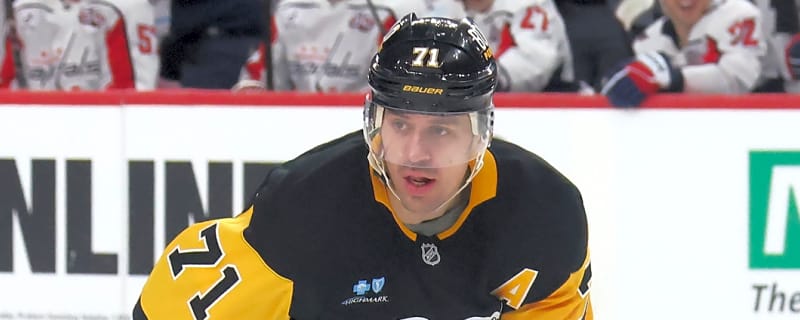
Penguins' Evgeni Malkin hints he could make big trade-deadline decision
While speaking at Penguins’ training camp on Friday, Evgeni Malkin indicated he could follow in the footsteps of Brad Marchand.

L.A. Kings get poor injury timeline on Corey Perry, another player
The Los Angeles Kings will be faced with a pair of long-term injuries out of the gates this season.

Rangers' Igor Shesterkin makes bold claim on New York's goal for next season
The hunger for victory on the part of the Rangers squad is evident.

The 'NHL 1,200-points Club' quiz
In NHL history, 52 players have reached the 1,200-point plateau over the course of their careers. How many of the 52 can you name in six minutes?

Who will be the NHL's first $20M player? Connor McDavid among the candidates
After Kirill Kaprizov reportedly declined an offer of $16M a season on a long-term deal, fans across the NHL discussed who would be the first player in NHL history to earn $20M annually on a contract.
The 20 NHL players under the most pressure for the 2025-26 season
Every NHL player faces some degree of pressure. Even Aleksander Barkov, who has captained the Florida Panthers to back-to-back titles. However, some players certainly face more pressure than most, and of course inherently some players are facing the most pressure.

Capitals give optimistic update about Alex Ovechkin's health
Despite missing a second straight practice, Alexander Ovechkin doesn't appear to have suffered a significant injury during Capitals training camp.
Sabres share 'traumatic' health situation Rasmus Dahlin's fiancee experienced
As Dahlin began training camp, he shared a "traumatic" story about his fiancée, Carolina Matovac, and her major health scare from earlier this summer.

Can't-miss training-camp battles to watch in NHL's Western Conference
NHL rookie camps are winding down, soon giving way to full training camps and preseason action. With the regular season nearing, let's examine key position battles for every team in the Western Conference.
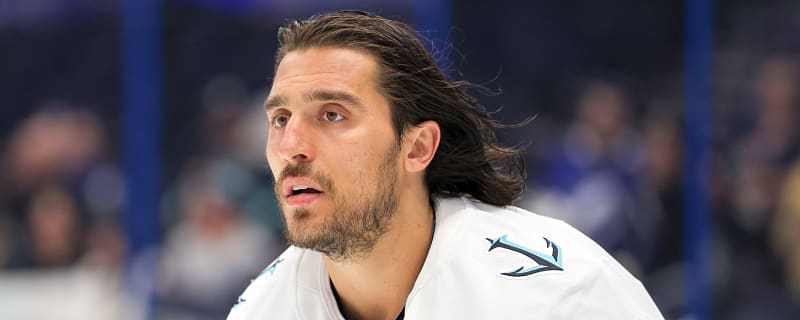
Brandon Tanev continues streak of hilarious headshots with new NHL team
Picture day for professional athletes can be a dull affair, but not so much for Utah Mammoth left wing Brandon Tanev.
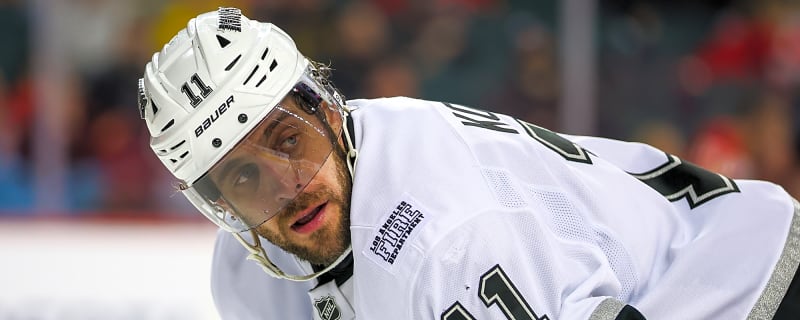
Anze Kopitar, one of NHL's most underappreciated stars, is retiring after this season
Kopitar has played his entire career with the Kings after being a first-round pick by the team in 2005.
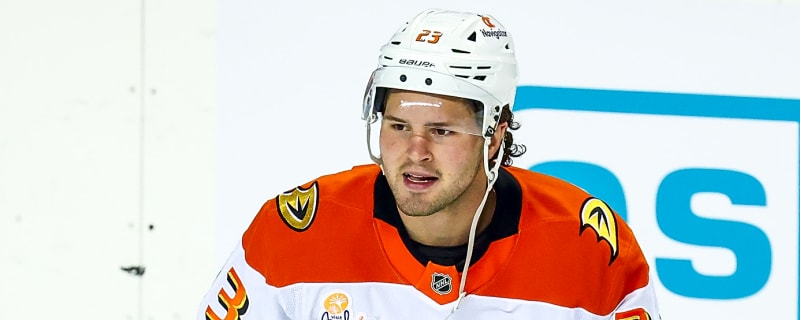
Ducks, Mason McTavish still far apart on contract talks
There are only a handful of remaining restricted free agents around the NHL with training camps now underway. One of those is Anaheim Ducks center Mason McTavish, a player who there has been plenty of speculation about this offseason.

Hurricanes are trialing this winger as a second-line center
Instability at the second-line center position has been a hallmark for the Carolina Hurricanes organization in recent years.

Mitch Marner comes in at a perfect time for the Golden Knights
The Golden Knights were the last team to take down the Panthers at the biggest stage in the 2023 Stanley Cup, but they've hit a wall in the last two postseasons and need some support.

Concerning report emerges about Capitals star Alexander Ovechkin's health
The Washington Capitals began their first day of training camp with an injury scare.
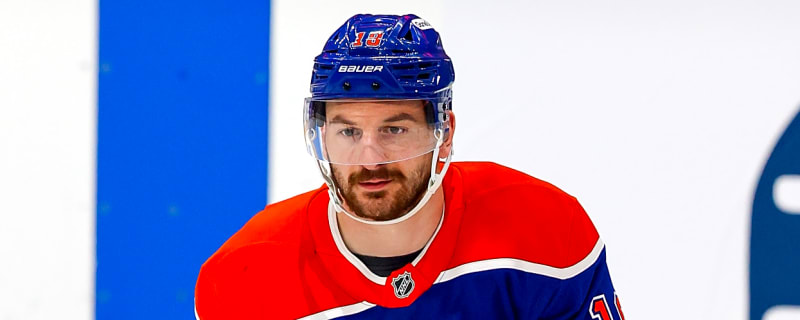
Oilers announce target return date for top winger
Top Oilers winger Zach Hyman will need just a bit longer to recover from the wrist fracture he suffered in the 2025 Western Conference Finals.
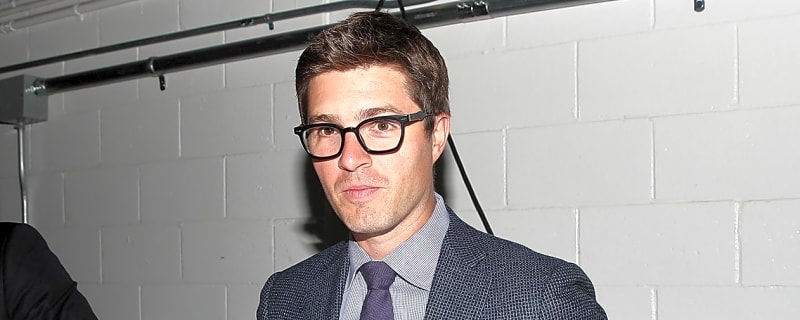
Latest comments hint Penguins will part ways with franchise cornerstone
As the Pittsburgh Penguins approach a new season with an eye on the future, their relationship with Evgeni Malkin, one of their longest-tenured legends, is already under fire.
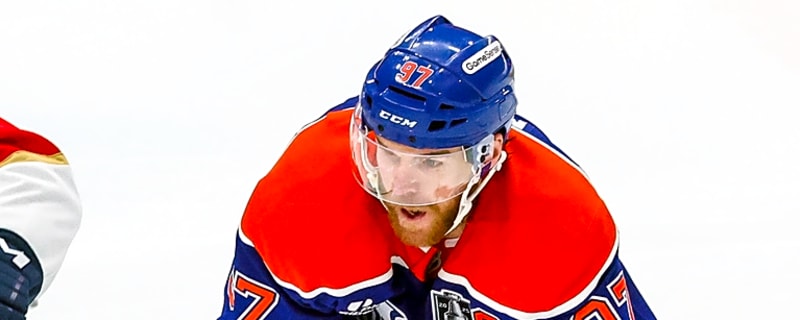
Maple Leafs have strong reason to believe they can sign Connor McDavid
Connor McDavid has still not extended his contract with the Edmonton Oilers as he enters his eighth and final year of his current agreement.

Penguins GM responds to controversial comments made by Sidney Crosby's agent
Penguins president of hockey operations and general manager Kyle Dubas responded to Sidney Crosby's agent's controversial comments.

Beasts in the East: Can't-miss training-camp battles to watch in NHL's Eastern Conference
NHL rookie camps are winding down, soon giving way to full training camps and preseason action. With the regular season nearing, let's examine key position battles for every team in the Eastern Conference.

Maple Leafs underdog at risk of losing his spot despite elite numbers
The Toronto Maple Leafs are preparing for the 2025-26 season, and although they have been involved in much trade speculation, some solutions could already be on the roster.

Rangers' major decision signals a franchise shift
The New York Rangers are preparing for a 2025-26 season that looks to be a significant qualitative leap in relation to their performance last campaign, where they couldn't reach the playoffs.

How the West was won: Three most intriguing training-camp battles to watch in NHL's Western Conference
What are the biggest training-camp battles to watch? Let's take a look at the top three from the Western Conference.

Maple Leafs may not need to look far for Mitch Marner replacement
The Toronto Maple Leafs face a challenge following Mitch Marner’s move to Las Vegas — but the answer might already be on the roster.

Why the Rangers are set for a bounce-back season in 2025-26
The New York Rangers have reasons to believe that they will have a much better 2025-26 season.
Breaking News
Trending News
My Favorites
Customize Your Newsletter
 +
+
Get the latest news and rumors, customized to your favorite sports and teams. Emailed daily. Always free!
PRIVACY POLICY EDITORIAL POLICY CONTACT US
ABOUT YARDBARKER TERMS OF SERVICE
Use of this website (including any and all parts and
components) constitutes your acceptance of these
Terms of Service and Privacy Policy.
This site is for entertainment purposes only.
There is no gambling offered on this site.
Gambling Problem? Call 1-800-Gambler.
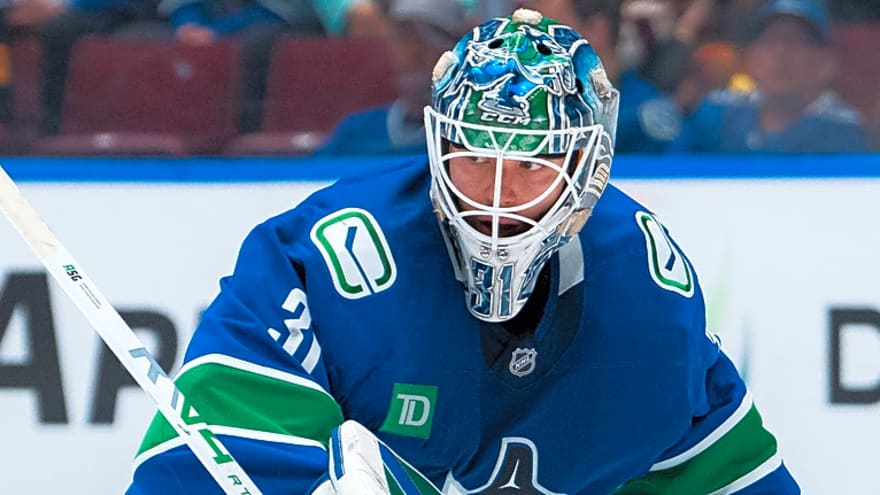
 Free Newsletters
Free Newsletters
